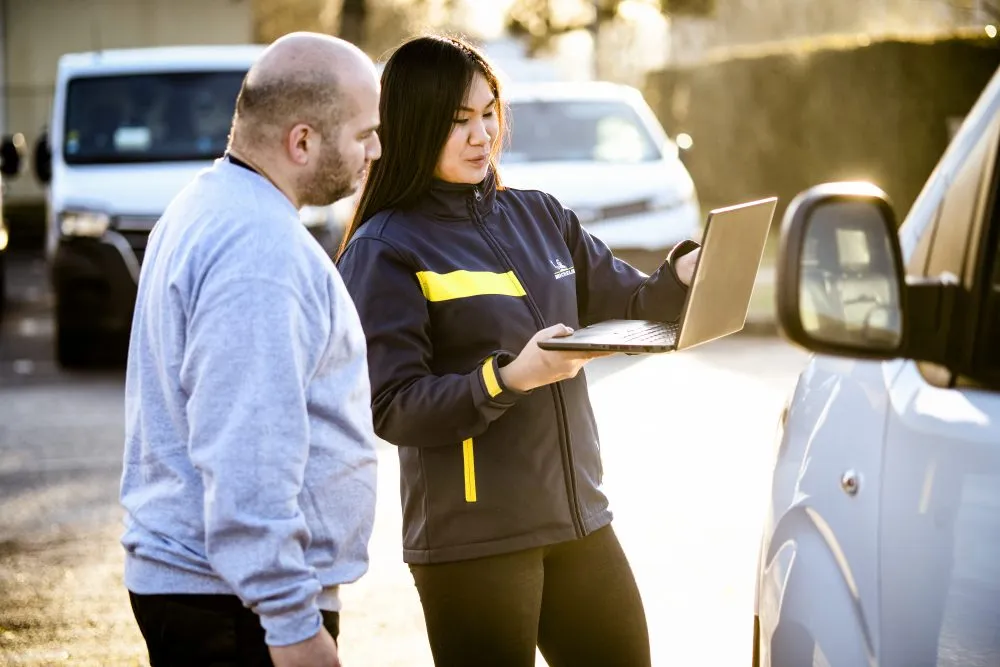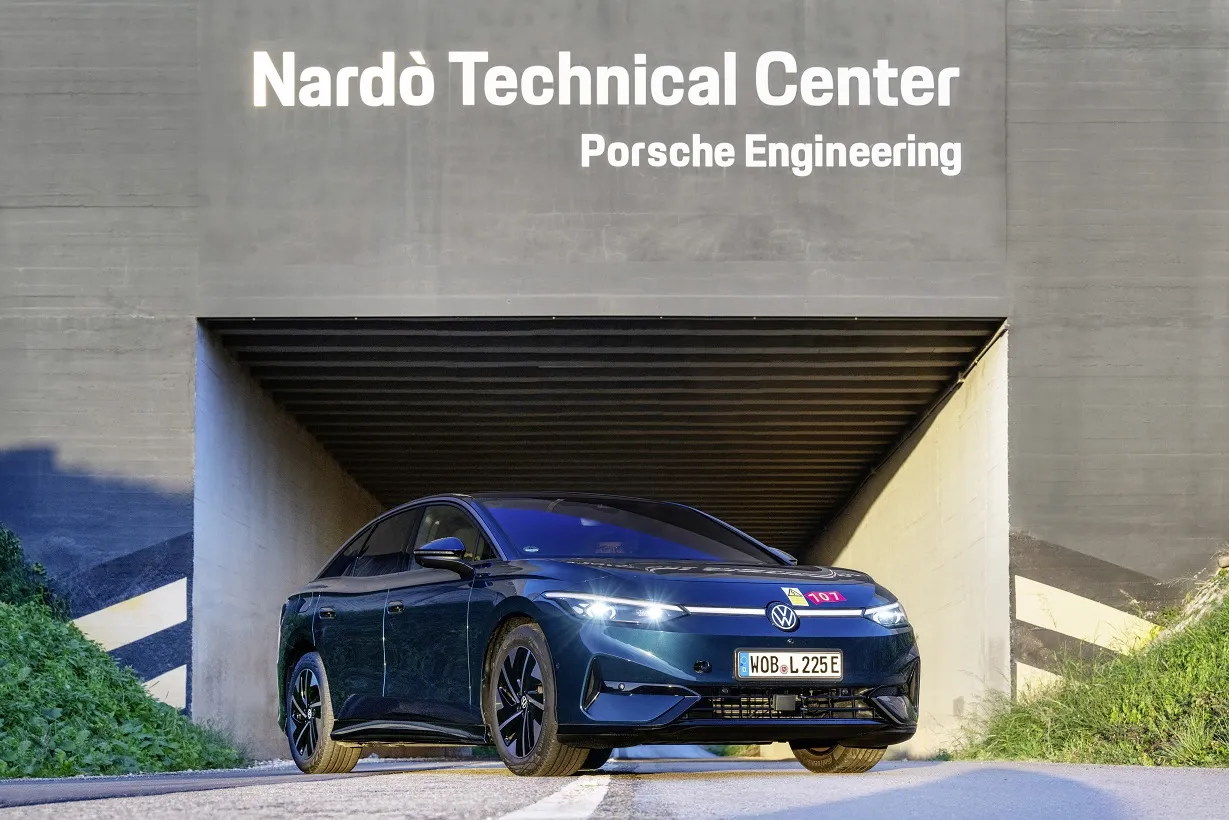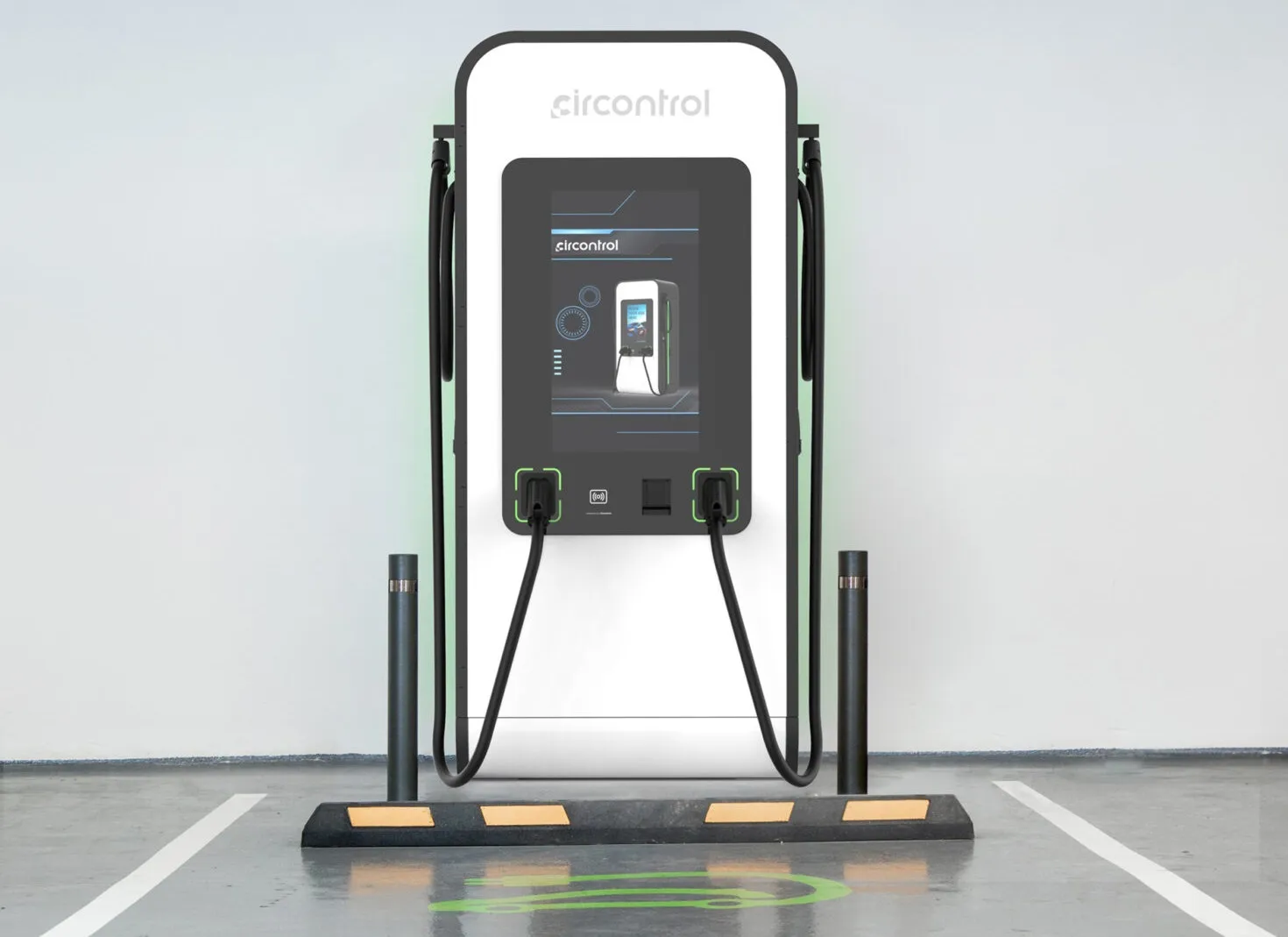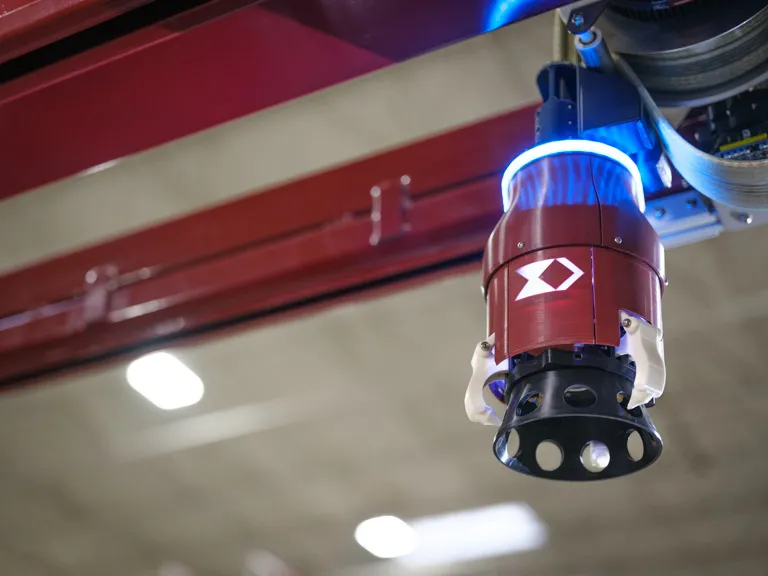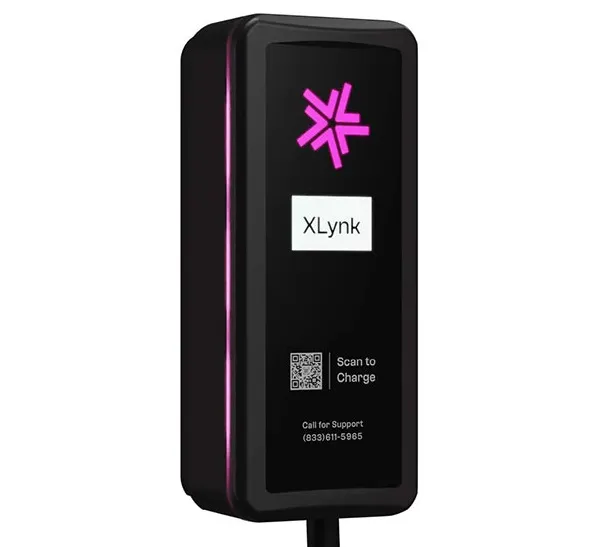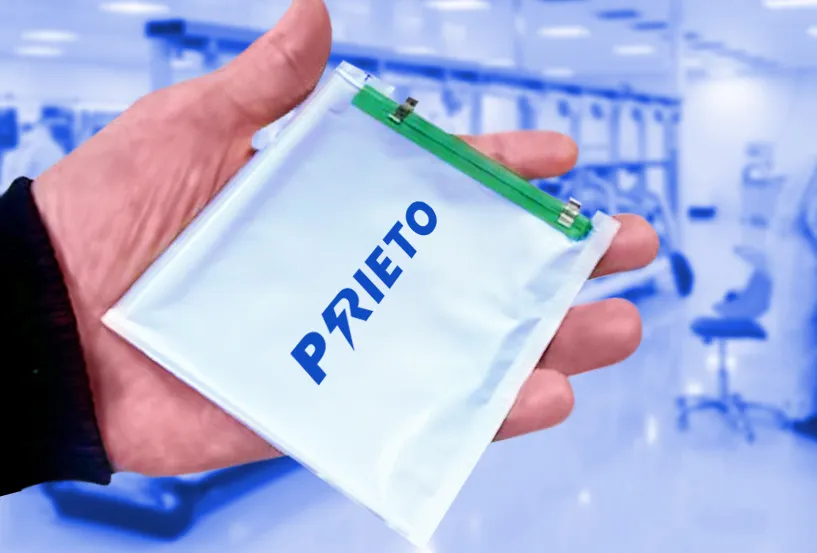
Due to its 3D architecture, Prieto says its prototype battery fully charges in three minutes and achieves a 50% charge in 90 seconds, regardless of size. The prototype can operate and charge in extremely low (-30 degrees C) and high (+100 degrees C) temperatures and is nonflammable. Prieto says all three attributes of its lithium-ion battery were tested and validated by a third-party accredited battery testing lab.
“Prieto’s battery will charge faster than you can fill your car’s gas tank,” said Mike Rosenberg, Prieto CEO. “When you charge your car faster than gassing up, range is no longer a hindrance, and everyone becomes a potential EV buyer. A three-minute charge fundamentally changes how companies can design their products and how consumers use them,” added Rosenberg.
“Prieto’s battery is the only battery that we are aware of that will not only operate, but will also charge at -30 degrees Celsius,” explained Rosenberg. “As we learned this past winter when extreme cold weather hit North America, many people were left stranded with dead EVs. Our battery would have allowed these EVs to continue to operate and charge, instilling confidence in drivers to rely on their EVs even in extreme temperatures.”
Colorado, US-based Prieto’s 3D architecture and design ensure that the battery is not flammable or combustible. A third-party lab conducted the gold standard “nail penetration test” on Prieto’s battery that resulted in no fire or explosion, and the battery continued to operate.
3D architecture
Prieto says its 3D architecture is completely different from all other batteries. Today’s batteries use a decades-old 2D architecture that must always compromise between energy storage and fast charging. In 2D batteries, energy can only flow in one direction across a two-dimensional plane. To charge, lithium ions must flow from one surface to the other, resulting in serious limitations. Thicker 2D batteries store more energy, but the long ion pathways result in slow charging. Thinner 2D batteries can charge faster but cannot store much energy.
“We’ve dramatically shortened the diffusion length in any direction, which takes charging to hyper-speed and delivers more power and energy storage than 2D batteries,” said Dr Amy Prieto, founder, and chief technology officer of Prieto. “The core of our battery looks like a thin copper sponge, and the ions only have to travel from one strand to the next, a fraction of the distance in traditional 2D batteries.”
Prieto’s battery is designed to deliver five times the power density (20C discharge rate) and up to three times the energy density of conventional 2D batteries. It is customisable to any size or application, making it ideal for anything from electric vehicles to power tools, medical devices to mobile phones and small home appliances.
Prieto’s new battery boasts an exceptional manufacturing advantage because it is made from low-cost, sustainable materials with a simple and scalable process. Prieto uses a proven water-based electroplating process at room temperature and its process requires no dry rooms, clean rooms, or other expensive equipment.
“From day one I prioritised manufacturing ahead of the battery design, and I knew to reimagine the battery we would first have to simplify production to scale up quickly, efficiently, and affordably,” said Dr. Prieto.
Prieto’s current laboratory manufacturing yield rates are more than 90%.
“We now turn our focus to commercialisation as we finalise plans to build our pilot manufacturing facility,” said Rosenberg. “Our high yield rates, combined with our simple and familiar manufacturing process used in many other industries, will ultimately result in much lower costs than traditional lithium-ion batteries and gives us a great degree of confidence.”
Prieto is currently in discussions for manufacturing and applications with potential partners.

